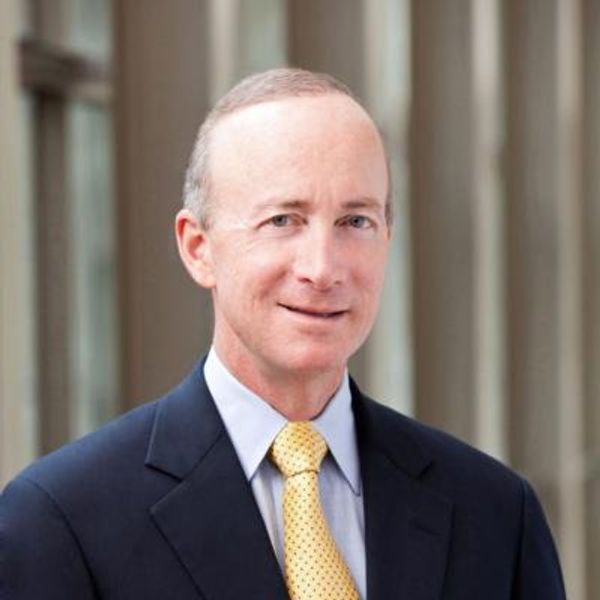
This morning, The Sydney Morning Herald website displayed the image featured above (blurred and censored by Crikey). It accompanies a story about a mass shooting in Nashville this week, in which a shooter killed three children and three adults.
There is vast evidence that the way mass shootings are traditionally covered has a “social contagion” effect. After the October 2017 massacre in Las Vegas and again after Christchurch in 2019, Crikey spoke to one of the world’s pre-eminent forensic psychiatrists, Professor emeritus Paul Mullen.
Among many other things, Mullen interviewed the perpetrators of the Port Arthur and Hoddle Street massacres. Many of the conclusions of his work are counterintuitive, shocking even — including the statistic (backed up by most research) that only about one in 10 mass shooters has a psychotic disorder.
“So the question goes to motivation: why do they do it?” he said. “We know they do it to die. Mass shooters invariably intend to die among their victims — they do it for revenge on a world that has neglected them, and to gain fame.”
Experts describe this coverage as a “script”, and it is chilling how many mass shootings follow it to the letter.
For years academics and public health officials have called on the media to not name perpetrators of mass shootings nor show their image if avoidable, to avoid portraying the shooter as “heroic, romanticised, a victim or a tortured soul”, to avoid images of the shooter with “weapons or dressed in military-style clothing”, to avoid speculating about motive, or implying that any one thing led the shooting to happen.
“By laying out all this detail, you’re essentially providing a playbook for potential mass shooters,” Glynn Greensmith, a journalist and lecturer, told Crikey after Las Vegas. “And by delving into every detail of their past, you’re also telling any loner with an arsenal and a grudge, this is how you get everyone’s attention, this is how you get your every grievance and thought brought to light. We will come and find it.”
The Nashville shooting — especially the release of CCTV and police bodycam footage of the incident — has given the media ample material with which to ignore every single plea made by these experts. The SMH story has several images of the shooter during the incident aiming their assault rifle, descriptions of their “dramatic” final moments, and speculation about whether the shooter’s sexual identity and “resentment” at the school in question acted as a motive.
It also shares social media activity that makes it clear the shooter intended to die among their victims.
But it is far from the only publication to ignore the practice experts having been pleading for. News.com.au prominently features the bodycam footage, images of the shooter armed and stalking the halls of the school, and screen caps of their Instagram messages. The Australian ran the bodycam footage but featured no prominent images of the shooter, while the ABC named the shooter but made no use of the footage, nor did it run any images of them, featuring instead images of the victims.
Mullen told Crikey there were a number of factors that had allowed Australia to avoid the horrifying numbers of mass shootings that the US experiences, particularly since Port Arthur.
“Gun control is definitely one of them, but we’ve also been lucky in that many of the people who complete or attempt these acts in Australia have been taken alive, which disrupts their script,” he said. “It’s about dying in a blaze of glory, and we deny them that if they have to undergo the humiliation of a trial and incarceration.”
Mullen also praised the “mostly sober and sensible” coverage of tragedies like Port Arthur. “But Australian media doesn’t show the same restraint when reporting on America,” he said. “And this is something we may pay a price for.”
The Sydney Morning Herald was approached for comment.







